Shenzhen, known as "China's Silicon Valley", once again attracted the attention of the world as China celebrated the 40th anniversary of the establishment of Shenzhen Special Economic Zone on October 14th 2020.
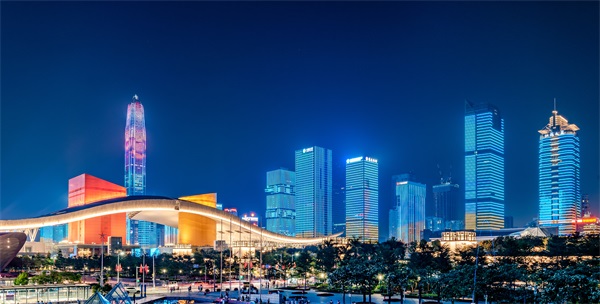
"Shenzhen Speed", a term once adopted to describe the fast construction of Guomao Building in Shenzhen during the early stages of Chinese economic reform, is now the living embodiment of China’s economic success. In just 40 years, Shenzhen has transformed herself from an impoverished fishing port with a population of merely 30,000 to modern metropolis which is home to over 13 million people. Surpassing Guangzhou in terms of economic output, Shenzhen has become the third largest city in mainland China after Beijing and Shanghai.
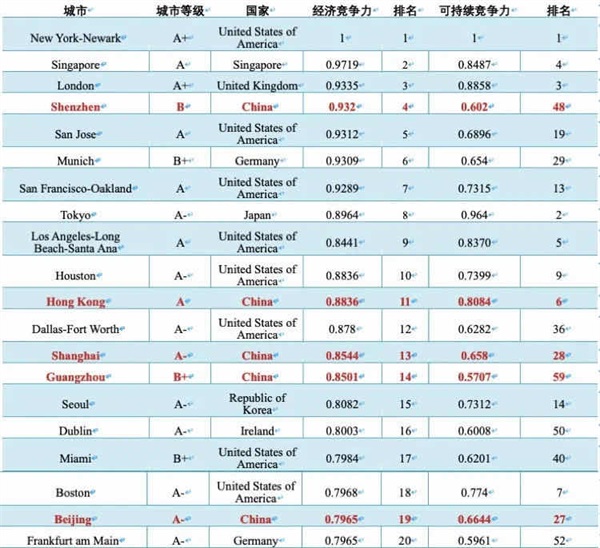
The belief that "time is money and efficiency is life" is deeply rooted in every Shenzhenese’s mind. Empowered by this spirit, Shenzhen has seen its gross domestic product (GDP) grow 20.7% on average annually over the past 40 years, Overtaking Hongkong as the third largest economy in mainland China, Shenzhen’s GDP exceeded $370 billion in 2018. According to the Global City Competitiveness Report released by the United Nations General Assembly in September 2019, Shenzhen ranks among the top five international cities in terms of economic competitiveness, behind New York, Singapore and London.
As home to more than 2,000 listed companies, Shenzhen Stock Exchange (SZSE) is the world's eighth-largest stock exchange by market capitalization, with a market capitalization of $3.36 trillion as of June 2020. According to the 28th Global Financial Centres Index (hereinafter referred to GFCI 28) released by the UK-based think tank Z/Yen Group in September 2020, Shenzhen ranks 9th among the world's top 10 financial centers.
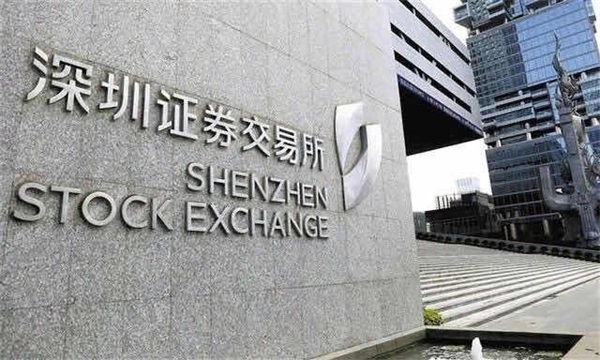
Shenzhen is China's hub of innovation. As of 2018, the ration of the R&D investment to GDP reached 4.2%, equivalent to that of Israel, which is known worldwide for its science and technology innovation. The total number of high-tech enterprises skyrocketed to 14,400, offering decent jobs to 2 million people in Shenzhen. With an output value of high-tech industries exceeding $300 billion, Shenzhen is where many tech giants headquartered, such as Tencent, the global 5G communication technology leader Huawei, the global leading drone manufacturer DJI etc.
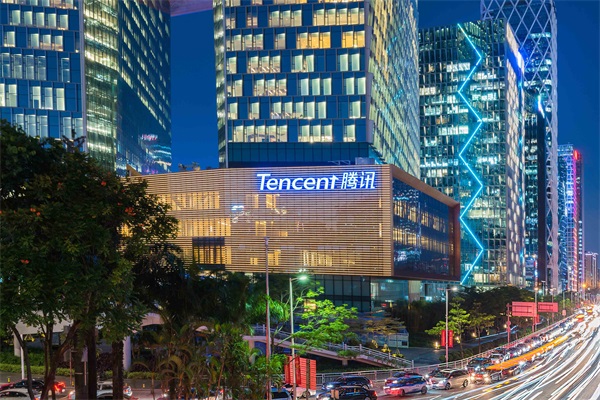
As a special economic zone, Shenzhen has been authorized to make bold attempts in legal system reforms and institutional innovation. Over years of development, Shenzhen has become one of the best cities in China in terms of administrative efficiency. Many of the legal innovations experimented with in Shenzhen and have been applied to the whole country.
Shenzhen has been a city in China. Since the first business license for foreign-invested enterprises was issued in 1981, Shenzhen has set up more than 90,000 foreign-invested enterprises, among which are the world's top 500 multinational enterprises the Chia Tai Group and the world's largest enterprise-level software company Oracle.
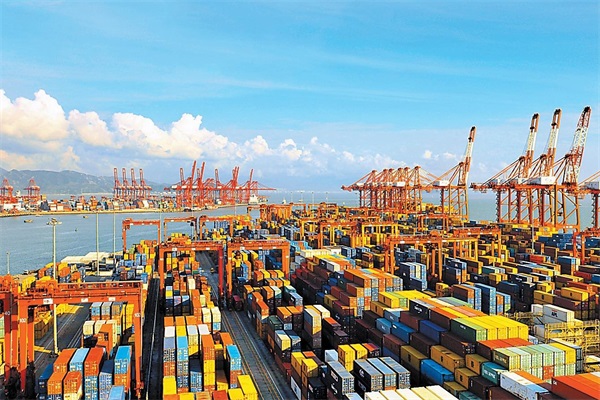
Foreign-invested enterprises create about one-fifth of Shenzhen's GDP and 40% of the import and export trade volume. According to statistics, the total import and export volume of Shenzhen in 2019 reached 456.645 billion U.S. dollars.
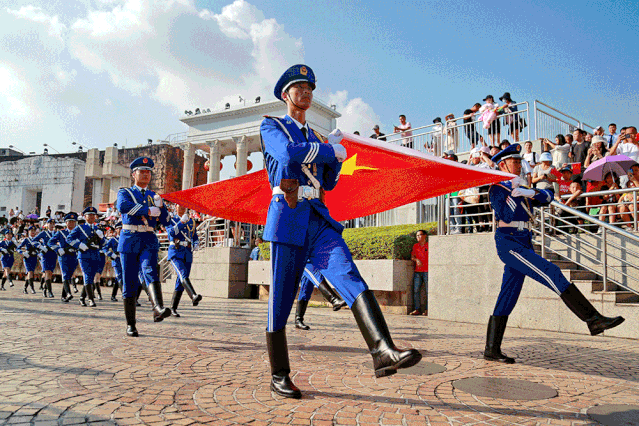
If you are in Shenzhen,you are from Shenzhen. Shenzhen is a young and robust city with a history of just 40 years. Reform, openness, inclusiveness and innovation are the hashtags that best represent Shenzhen and a microcosm of China's 40 years of reform and opening up.



-END-